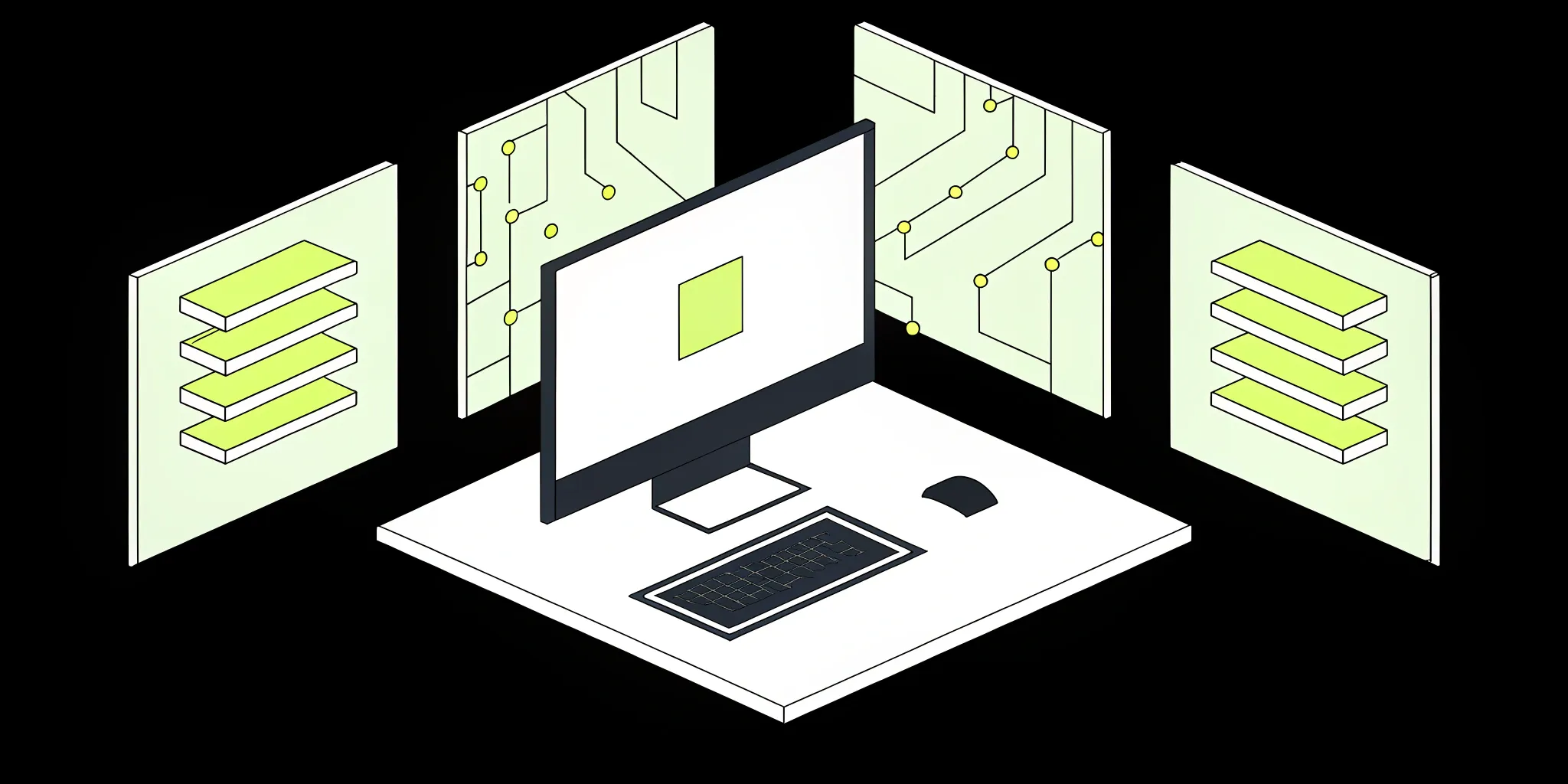Cake for Image Segmentation
Build and deploy high-accuracy image segmentation models using modular, open-source components. Reduce infrastructure costs and bring cutting-edge computer vision into production on your terms.
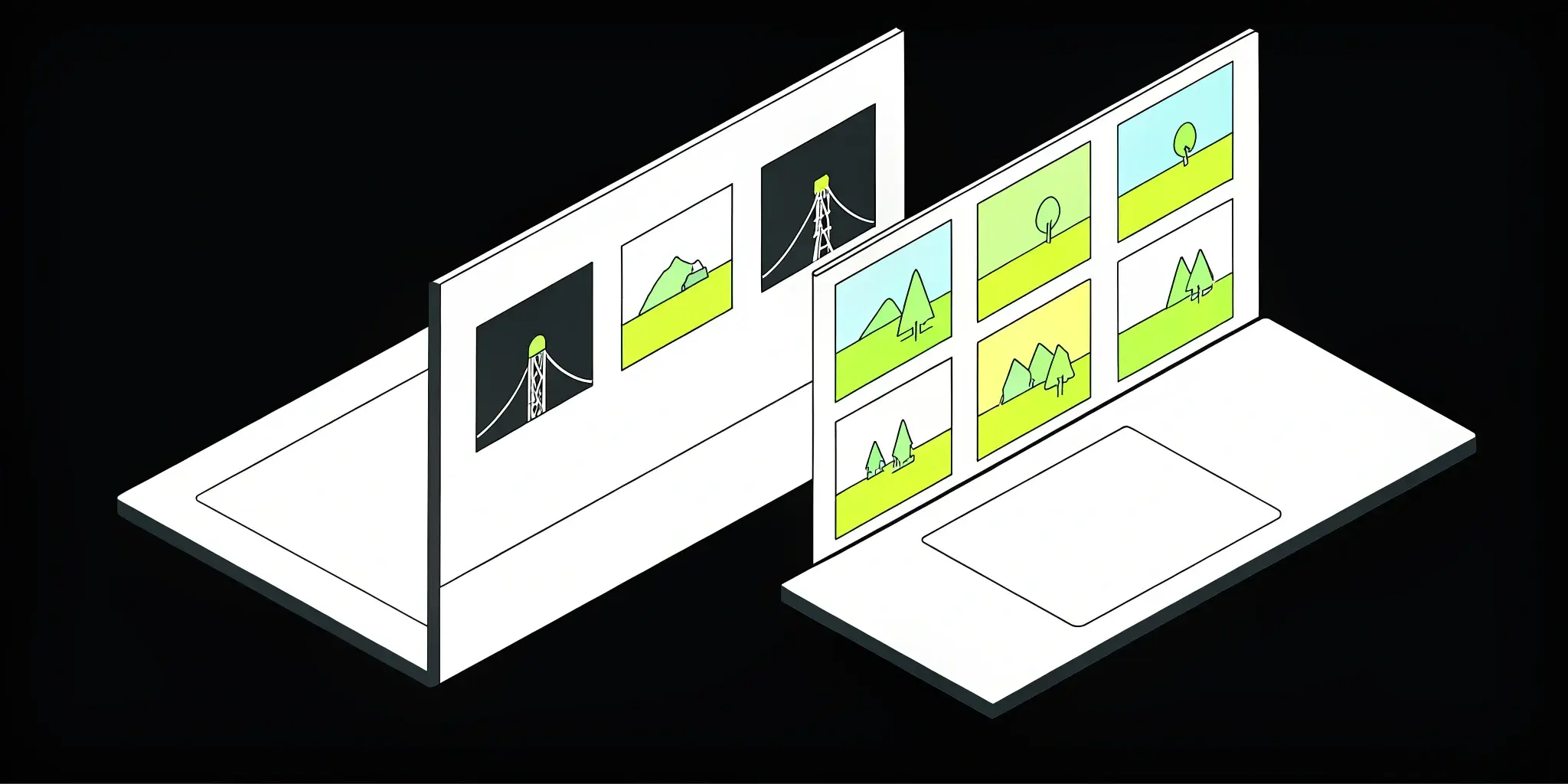



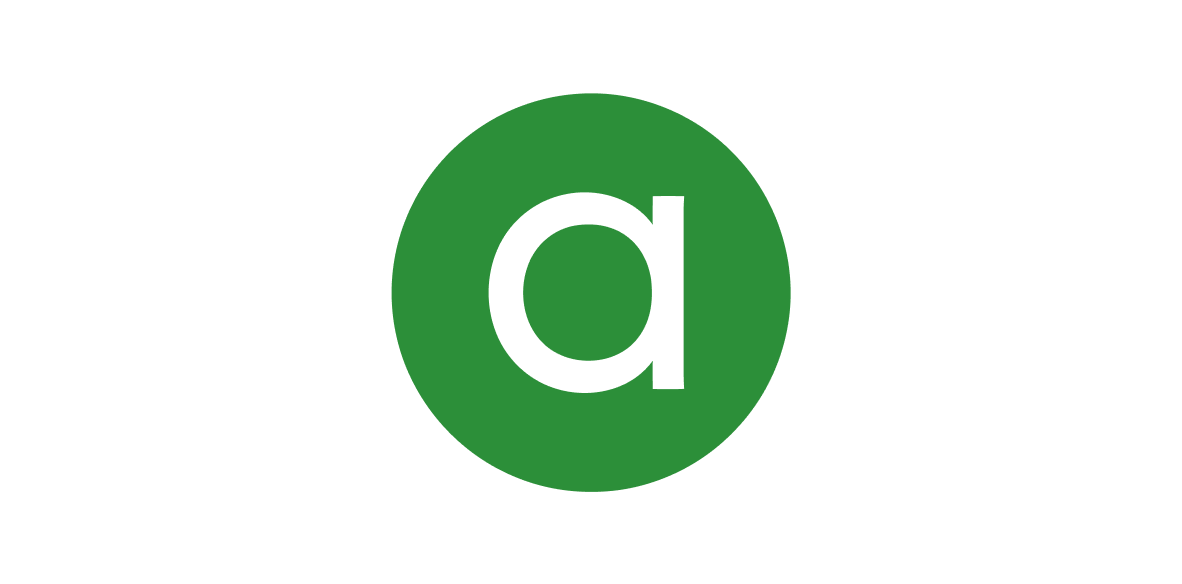
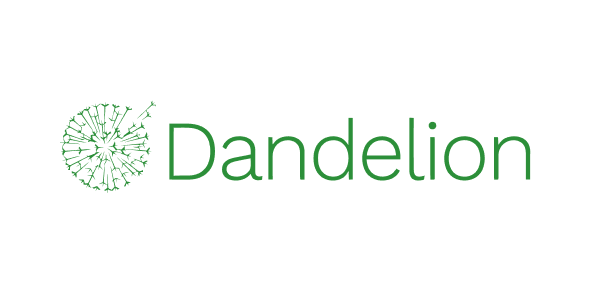
Overview
Image segmentation enables powerful use cases across healthcare, manufacturing, agriculture, and beyond. From identifying tumors in medical scans to segmenting objects on a factory floor, segmentation models help teams extract meaning from complex visual data. But training and deploying these models is compute-intensive, and stitching together a working pipeline from scratch is time-consuming and expensive.
Cake provides a composable image segmentation stack built on open source. Use frameworks like PyTorch and Hugging Face to train segmentation models, orchestrate preprocessing and inference with Kubeflow Pipelines, and track performance with MLflow, Grafana, and Evidently. Because everything is modular and cloud agnostic, you can run workloads where it’s most efficient and avoid high-cost, vendor-locked vision platforms.
With Cake, teams ship faster, control their costs, and stay on the forefront of visual AI with full support for auditing, drift monitoring, and model versioning built in.
Key benefits
-
Accelerate computer vision workflows: Go from data to deployed segmentation model faster with pre-integrated tools.
-
Cut infrastructure costs: Run high-compute training jobs in your own environment and avoid managed platform markups.
-
Use cutting-edge frameworks: Integrate the latest segmentation models from Hugging Face and beyond with no lock-in.
-
Monitor model quality: Track accuracy, false positives, and drift across evolving datasets.
-
Comply with confidence: Capture lineage, manage sensitive data, and meet audit requirements with minimal overhead.
THE CAKE DIFFERENCE
![]()
From hand-labeled images to automated, pixel-perfect segmentation
Manual labeling & bounding boxes
Labor-intensive and coarse-grained: Most workflows rely on human annotation or basic object detection tools.
- Time-consuming and expensive to label large datasets
- Bounding boxes lack pixel-level precision
- Inconsistent labels and errors across annotators
- Hard to reproduce, scale, or plug into model pipelines
Result:
Slower development, lower accuracy, and limited real-world impact
Image segmentation with Cake
Precise, automated pipelines that scale: Cake supports end-to-end segmentation workflows for vision tasks across industries.
- Train and fine-tune segmentation models with labeled or weakly labeled data
- Use semantic, instance, or panoptic segmentation methods
- Evaluate segmentation quality with built-in metrics and visual tools
- Deploy in real-time or batch pipelines with full observability and versioning
Result:
Faster model development, higher accuracy, and scalable computer vision workflows
EXAMPLE USE CASES
![]()
Teams use Cake’s segmentation stack to extract
value from visual data at enterprise scale
![]()
Medical image segmentation
Highlight tumors, organs, or tissue regions in scans to support diagnostics, treatment, and research.
![]()
Manufacturing and logistics
Segment objects on assembly lines, detect defects, and guide robotics with pixel-level precision.
![]()
Agricultural and environmental monitoring
Analyze drone or satellite imagery to segment crops, track growth stages, or detect environmental change.
![]()
Retail shelf monitoring and planogram compliance
Segment products on retail shelves from photos or video feeds to track stock levels, detect out-of-stocks, and ensure brand placement accuracy.
![]()
Virtual try-on and AR experiences
Separate foreground subjects (like people or clothing items) from backgrounds to enable real-time try-on, furniture placement, or beauty filters.
![]()
Insurance claims assessment
Segment damage regions in photos of vehicles, property, or infrastructure to streamline claims processing and reduce manual review.
HEALTHCARE
Turn medical imaging into action
From radiology to pathology, see how healthcare teams use Cake to build segmentation pipelines that stay secure, compliant, and production-ready.
INSURANCE
Automate visual workflows in insurance
Whether you’re analyzing claims photos or classifying document images, Cake helps insurers streamline vision AI without black-box platforms.

"Our partnership with Cake has been a clear strategic choice – we're achieving the impact of two to three technical hires with the equivalent investment of half an FTE."

Scott Stafford
Chief Enterprise Architect at Ping

"With Cake we are conservatively saving at least half a million dollars purely on headcount."
CEO
InsureTech Company
COMPONENTS
![]()
Tools that power Cake's fine-tuning stack

Ray Tune
Distributed Model Training & Model Formats
Pipelines and Workflows
Ray Tune is a Python library for distributed hyperparameter optimization, built on Ray’s scalable compute framework. With Cake, you can run Ray Tune experiments across any cloud or hybrid environment while automating orchestration, tracking results, and optimizing resource usage with minimal setup.

MLflow
Pipelines and Workflows
Track ML experiments and manage your model registry at scale with Cake’s automated MLflow setup and integration.

Kubeflow
Orchestration & Pipelines
Kubeflow is an open-source machine learning platform built on Kubernetes. Cake operationalizes Kubeflow deployments, automating model training, tuning, and serving while adding governance and observability.

Label Studio
Data Labeling & Annotation
Label Studio is an open-source data labeling tool for supervised machine learning projects. Cake connects Label Studio to AI pipelines for scalable annotation, human feedback, and active learning governance.
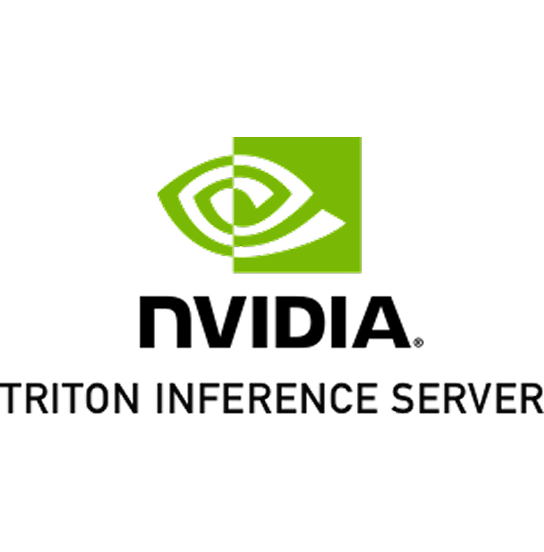
NVIDIA Triton Inference Server
Inference Servers
Triton is NVIDIA’s open-source server for running high-performance inference across multiple models, backends, and hardware accelerators.
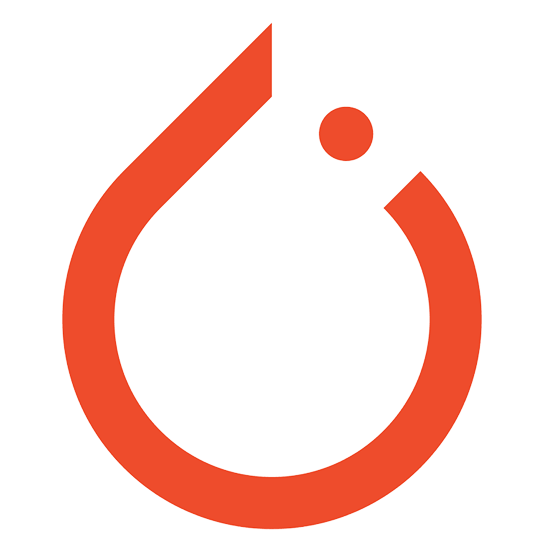
PyTorch
ML Model Libraries
PyTorch is a widely used open-source machine learning framework known for its flexibility, dynamic computation, and deep learning support.
Frequently asked questions
What is image segmentation in machine learning?
Image segmentation is a computer vision technique that divides an image into meaningful regions or segments. It enables precise object detection, boundary tracking, and classification for tasks like tumor detection, defect analysis, and autonomous navigation.
How does Cake support image segmentation workflows?
Cake provides a modular infrastructure for training, deploying, and monitoring segmentation models. You can use frameworks like PyTorch or Hugging Face, orchestrate jobs with Kubeflow Pipelines, and track performance with MLflow, Grafana, and Evidently.
Can I use Cake to train segmentation models in my own environment?
Yes. Cake supports running high-compute training jobs on your own infrastructure, whether that’s in the cloud, on-prem, or hybrid. You maintain full control over your data, resources, and compliance posture.
How do I monitor segmentation model performance?
With Cake, you can track metrics like IoU (Intersection over Union), false positives, false negatives, and class-level accuracy. You can also detect drift over time and version your models and datasets for reproducibility.
Is Cake compliant for healthcare and other regulated industries?
Absolutely. Cake supports HIPAA, SOC 2 Type II, and fine-grained access control. You can keep sensitive medical or insurance data fully contained in your environment and maintain audit trails across the entire segmentation workflow.
Learn more about Cake
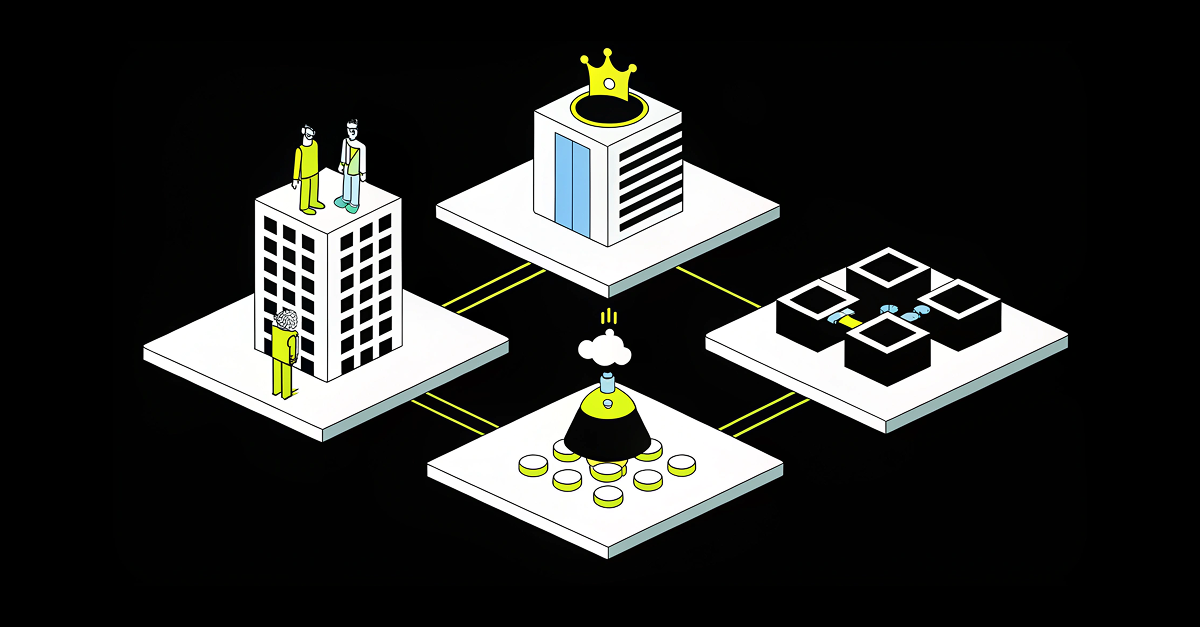
6 of the Best Open-Source AI Tools of 2025 (So Far)
Open-source AI is reshaping how developers and enterprises build intelligent systems—from large language models (LLMs) and retrieval engines to...
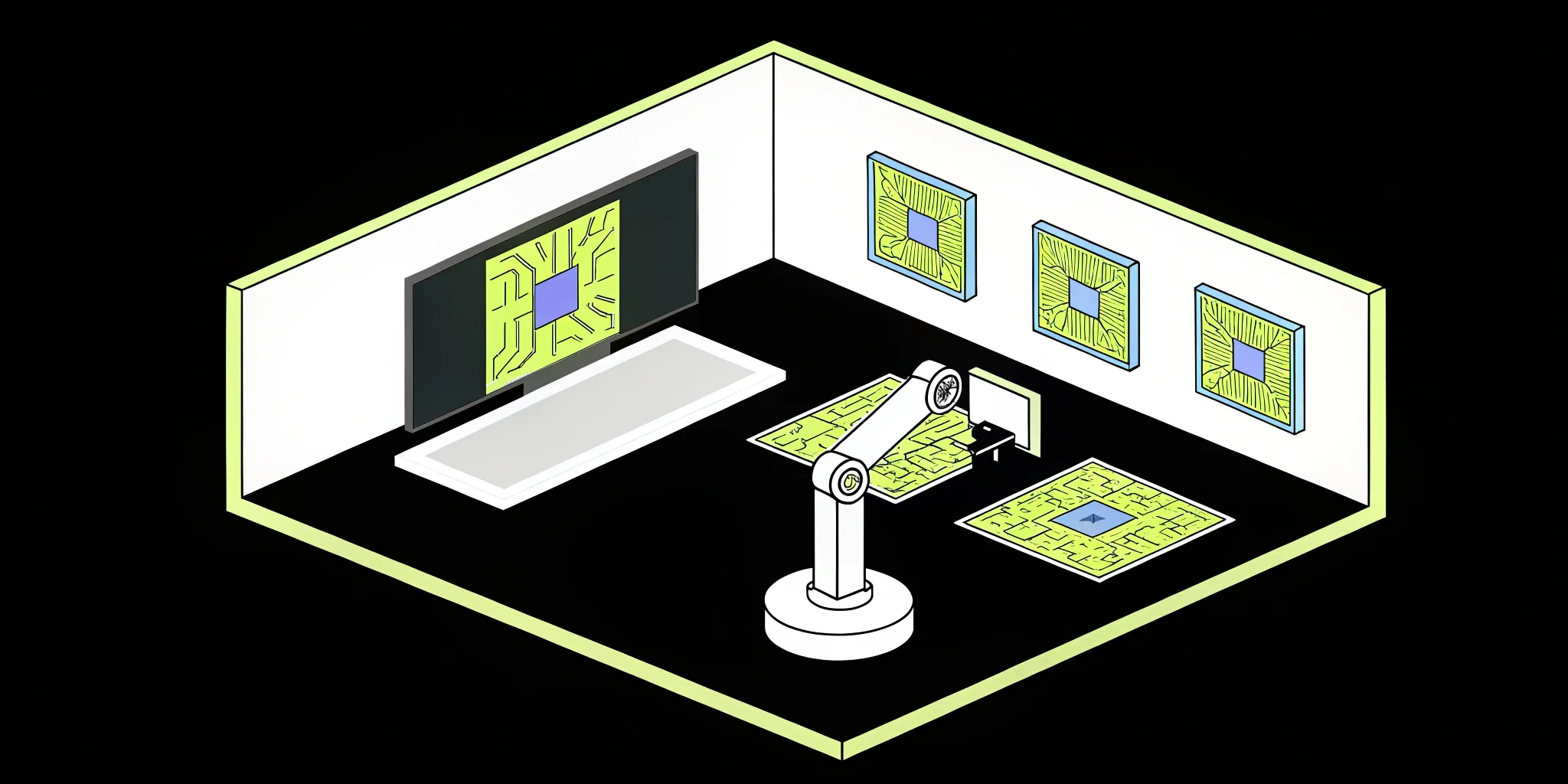
Best Open-Source MLOps Tools to Build Your ML Stack
Machine learning (ML) is fundamentally a team sport, but too often, data scientists, engineers, and operations teams feel like they're playing...
.png?width=220&height=168&name=Group%2010%20(1).png)



